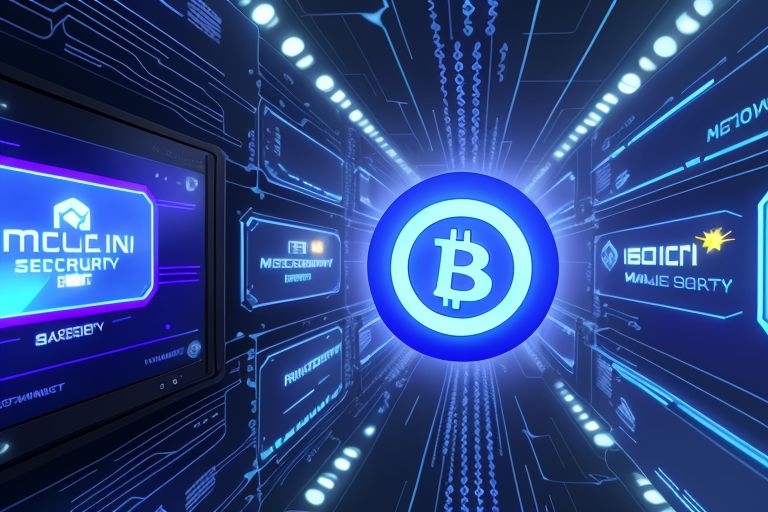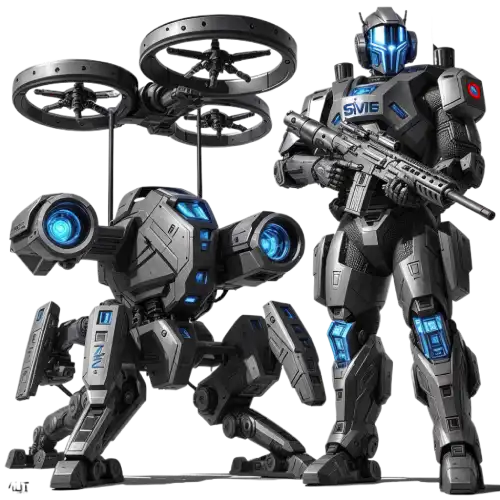The world of game development has been evolving at a rapid pace, and one of the latest innovations is the integration of blockchain technology into games. Blockchain offers a decentralized way to manage in-game assets, transactions, and economies, allowing players to have true ownership of digital items and opening up a world of possibilities for developers. In this article, we’ll explore the development process of blockchain games, the advantages, challenges, and how you can create your own blockchain game using popular tools like Unity3D.

What is Blockchain Gaming?
Blockchain gaming refers to the use of blockchain technology to create decentralized gaming environments where in-game assets and transactions are stored on a blockchain. This means that instead of a centralized authority, like the game developers, controlling the game’s economy, it’s run by smart contracts and governed by players.
Key Concepts of Blockchain Games:
- True Ownership: Players own in-game assets (e.g., characters, skins, items) through NFTs (non-fungible tokens).
- Interoperability: Assets can potentially be used across different games or platforms.
- Decentralized Economies: Players can trade or sell their assets in open marketplaces without the interference of the game’s developers.
- Play-to-Earn: Players can earn real-world money by playing, trading, or engaging in the game’s economy.
2. How Blockchain Changes Game Development
Blockchain technology brings about significant changes in the way games are developed and played:
- Security and Transparency: Blockchain ensures that all transactions and ownership data are secure and transparent. Players can trust that their assets won’t be manipulated or lost.
- Monetization Models: Blockchain introduces new ways to monetize games, like through the sale of NFTs, tokens, and in-game assets. Play-to-earn models have become popular, where players can earn cryptocurrencies by participating in the game.
- Community Control: Through decentralized platforms, games can be governed by their community, where decisions about the game’s future, updates, and economy can be made democratically via voting systems.
3. Popular Blockchain Platforms for Game Development
To build a blockchain game, you’ll need to select the right blockchain platform. Here are some of the most popular ones:
- Ethereum: The most widely used blockchain for NFTs and decentralized apps (dApps). Ethereum’s smart contracts allow you to create tokenized in-game assets. However, high transaction fees (gas fees) can be a drawback.
- Binance Smart Chain (BSC): BSC offers lower transaction fees compared to Ethereum while still supporting smart contracts and NFTs.
- Polygon: A layer 2 solution built on Ethereum, Polygon offers faster transactions and lower costs, making it ideal for game developers looking to scale their games.
- Flow: Created by Dapper Labs (the team behind CryptoKitties), Flow is a blockchain specifically designed for gaming and dApps. It aims to offer high throughput and low costs for developers.
- WAX: Known for its focus on digital goods and NFTs, WAX is an excellent choice for game developers who want to create blockchain-based games with in-game assets that can be traded or sold.
How to Build a Blockchain Game in Unity3D
Unity3D is one of the most popular game development engines, known for its versatility and user-friendly interface. Here’s a step-by-step guide to building a blockchain game using Unity3D.
Step 1: Install Unity and Set Up Your Project
First, install Unity3D from the official website and create a new project. Unity supports both 2D and 3D games, so you can choose the type of game you want to build.
Step 2: Choose a Blockchain Platform
As mentioned earlier, select a blockchain platform such as Ethereum or Binance Smart Chain. For Unity, there are SDKs (Software Development Kits) available that make integrating blockchain functionalities easier.
Step 3: Install Blockchain SDK for Unity
There are several blockchain SDKs that integrate directly with Unity. For example:
- Enjin SDK: Offers a complete toolkit for blockchain-based gaming, including asset creation, wallet integration, and transaction processing.
- NFT SDK: For games that use NFTs for in-game items or assets, this SDK helps in minting, selling, and managing NFTs.
Install the SDK for the blockchain platform of your choice by following their documentation.
Step 4: Smart Contracts and In-Game Assets
You’ll need to write smart contracts that govern how assets (NFTs) are minted, sold, or traded. Smart contracts are self-executing contracts where the terms of the agreement are written directly into code.
For Ethereum-based games, you can use the Solidity programming language to create these contracts. If you’re unfamiliar with Solidity, there are many tutorials available to help you get started.
Step 5: Link Blockchain to Unity
Use the blockchain SDK to link Unity with your blockchain smart contracts. This allows your game to interact with the blockchain, allowing players to buy, sell, and trade NFTs directly within the game. The SDKs will also manage wallet integration, so players can connect their crypto wallets to your game.
Step 6: Design Gameplay and NFT Integration
Design your gameplay around the integration of blockchain. If your game involves NFTs, consider how these assets will be earned, traded, or used in-game. Will players need to purchase them, or can they earn them through gameplay? Ensure that blockchain integration enhances the experience rather than making it feel forced.
Step 7: Testing and Deployment
Test your game rigorously, especially the blockchain components. Make sure that all smart contracts function correctly and that transactions are processed smoothly. Once you’re satisfied, you can deploy your game on your chosen blockchain network.
5. Challenges of Blockchain Game Development
While blockchain technology offers numerous advantages, there are challenges to consider:
- Scalability: Blockchains like Ethereum can face scalability issues, leading to slow transaction speeds and high fees during peak times.
- Complexity: Blockchain game development requires knowledge of both game design and blockchain technology, which can be a steep learning curve for developers.
- Regulatory Concerns: Depending on the country, there may be legal challenges related to cryptocurrencies, NFTs, and blockchain-based transactions.
6. Benefits of Blockchain Games for Players
- Ownership: Players truly own their in-game assets and can sell or trade them, even outside the game’s ecosystem.
- Monetization Opportunities: With the play-to-earn model, players can earn money simply by playing games and trading NFTs.
- Transparency: Since all transactions are stored on a public ledger, the in-game economy is transparent and fair.
7. Blockchain Game Examples
- Axie Infinity: One of the most popular blockchain-based games, where players earn real money through gameplay. Axie Infinity uses NFTs for in-game assets, which can be traded or sold in open marketplaces.
- Decentraland: A virtual world where players can buy and sell land and other assets as NFTs, all stored on the blockchain.
- The Sandbox: A decentralized virtual world where players can create, own, and monetize their gaming experiences using NFTs and the SAND token.
8. The Future of Blockchain in Gaming
Blockchain has the potential to revolutionize the gaming industry by empowering players and giving them control over their assets. As blockchain technology matures, we can expect more games to adopt this technology, especially in the metaverse, where virtual worlds and economies can thrive on decentralized platforms.
Additionally, as blockchain continues to evolve, game developers will have access to even more powerful tools to create immersive, decentralized games that offer new and innovative ways for players to engage and interact.
Conclusion
Blockchain game development represents a unique opportunity for game developers to create innovative, player-driven economies. By combining blockchain with popular game development tools like Unity3D, developers can create immersive games with true player ownership and decentralized in-game economies. Although the challenges are significant, the potential rewards are immense, both for developers and players alike.
With platforms like Ethereum, Binance Smart Chain, and Polygon, blockchain game development is more accessible than ever. By embracing these technologies, developers can be at the forefront of the next wave of gaming innovation.






